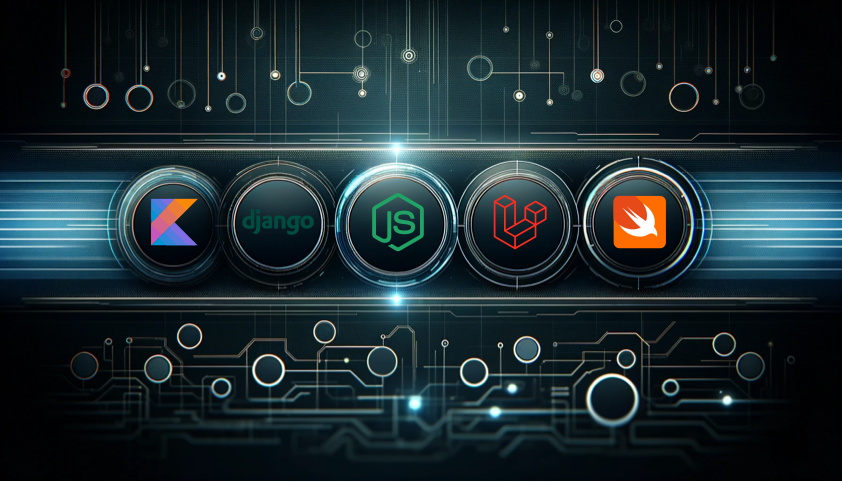· news · 3 min read
Top Cloud Technologies and Security Implications in 2024
Explore leading cloud technologies and key security considerations shaping the cloud landscape in 2024, including trends, best practices, and challenges.

Cloud computing continues to evolve rapidly, driving innovation across industries and transforming how organizations manage and deploy their IT infrastructure. In this article, we’ll delve into some of the top cloud technologies and the critical security implications that businesses must consider in 2024.
1. Multi-Cloud Adoption
Trend: Many organizations are embracing multi-cloud strategies, leveraging services from multiple cloud providers like AWS, Azure, and Google Cloud Platform (GCP) to avoid vendor lock-in and optimize performance and cost.
Security Implications:
- Interoperability Challenges: Managing security across different cloud platforms requires robust interoperability and integration strategies.
- Data Governance: Ensuring consistent data governance and compliance across multiple clouds poses challenges in terms of visibility and control.
2. Serverless Computing
Trend: Serverless architectures, such as AWS Lambda and Azure Functions, continue to gain popularity due to their scalability and cost-efficiency.
Security Implications:
- Attack Surface Reduction: Serverless platforms abstract underlying infrastructure, reducing attack surface but requiring strong application-level security controls.
- Authentication and Authorization: Securely managing permissions and access controls becomes critical in serverless environments.
3. Zero Trust Security Model
Trend: The Zero Trust model is gaining traction as organizations move away from traditional perimeter-based security towards a more granular approach to access control.
Security Implications:
- Micro-Segmentation: Implementing micro-segmentation within cloud environments enhances security by isolating workloads and data.
- Continuous Monitoring: Real-time monitoring and analytics are essential for detecting and responding to potential threats in Zero Trust environments.
4. Containerization and Kubernetes
Trend: Containerization technologies like Docker and orchestration platforms such as Kubernetes are widely adopted for deploying and managing cloud-native applications.
Security Implications:
- Container Security: Ensuring secure image management, runtime security, and isolation of containers are critical considerations.
- Kubernetes Security: Securing Kubernetes clusters involves managing access controls, network policies, and container runtime security.
5. Enhanced Cloud Security Services
Trend: Cloud providers are expanding their security offerings with advanced services like Cloud Security Posture Management (CSPM) and Cloud Access Security Brokers (CASB).
Security Implications:
- Automated Compliance: Leveraging CSPM tools for automated compliance monitoring and remediation enhances cloud security posture.
- Data Protection: CASB solutions provide visibility and control over data access and usage within cloud applications.
Best Practices for Cloud Security in 2024
- Implement Zero Trust Principles: Adopt a Zero Trust security model to enforce strict access controls and reduce the attack surface.
- Embrace Automation: Leverage automation for continuous security monitoring, incident response, and compliance enforcement.
- Regular Audits and Penetration Testing: Conduct regular audits and penetration tests to identify and remediate vulnerabilities in cloud environments.
- Employee Training: Provide comprehensive security training to employees to raise awareness about cloud security best practices.
Conclusion
Navigating the evolving landscape of cloud technologies in 2024 requires a proactive approach to security. By embracing emerging trends and implementing robust security measures, organizations can harness the full potential of cloud computing while safeguarding their data and applications against evolving cyber threats.


